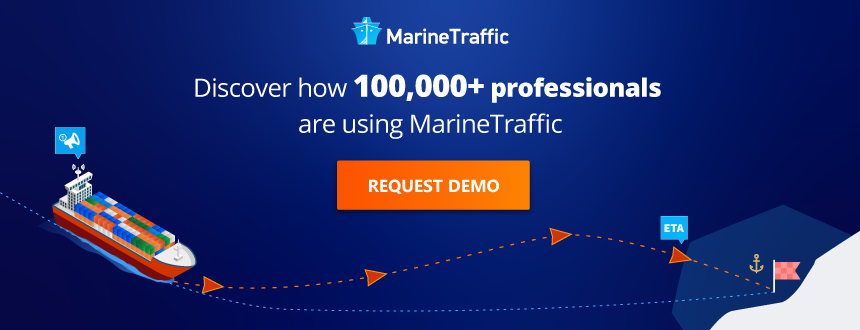
[ad_1]
Very few sectors have been hit as hard by the Covid-19 pandemic as the cruise industry. When vessels went dark cruise operators cited hot lay up of their vessels – when the vessel remains crewed and ready to operate at short notice – as costing between USD1-2 million per month per vessel.
US cruising giant Carnival alone lost $10.2 billion in 2020.
But now operators will get the chance to recoup some of their losses.
According to Cruise Industry News – Cruise Ships in Service August 2021, there are currently 190 cruise vessels sailing worldwide across 65 brands. Capacity does not appear to be limited by coronavirus, and all appear to be able to be offering 100% occupancy.
Of the big names in the Mediterranean MSC Cruises currently has six vessels operating – Gradiosa, Seaside, Orchestra, Splendida, Magnifica, and Seashore – Costa Cruises has four, while Royal Caribbean and AIDA have three.
Pleasure craft are also returning to the Mediterranean with MarineTraffic data suggesting an increase of a 50% increase this year in comparison to last.
Notable increase in pleasure craft activity in the Med
Nautical tourism seems to be booming in the Med as today’s yachting & pleasure craft activity has increased by 50% compared to the same day last year.
12,091 boats are now sailing in the region vs 8,000 last year, as seen👇 pic.twitter.com/GpQkAwFmTf— MarineTraffic (@MarineTraffic) July 21, 2021
MarineTraffic figures shed light on just how hard cruising on the Mediterranean was hit last summer. Data shows that from 9 July to 9 August this year there have been 467 cruise vessel arrivals, compared with just 43 during the same period in 2020. These vessels have a deadweight tonnage of more than 49,999 tonnes.
There are around 150 islands on the Mediterranean and according to the European Union are home to around 20 million people. Passenger ferries are a lifeline for many of these communities and so it is no surprise that the number of smaller ships port calls (with a deadweight tonnage of less 49,999 tonnes) held up far better than cruise ships did in 2020.
MarineTraffic data reveals that there have been 12,1439 passenger ship calls in the same 30-day period this year, and in 2020, 10,3064 calls – a difference of only 18,375. These vessel calls include ferries and other smaller passenger ships, as well as cruise ships.

It is not only the cruise and passenger ship companies that have struggled during the pandemic. Local and regional economies in the Mediterranean will have felt its weight too. According to the United Nations Environment Programme, the Mediterranean is the world’s leading tourism destination, “with more than 300 million international tourist arrivals representing 30% of total world tourists for 2014. International tourist arrivals have grown from 58 million in 1970 to nearly 314 million in 2014, with a forecast of 500 million by 2030. About 50% of these arrivals are in coastal areas”.
And the Centre for the Promotion of Imports notes: “Europe is the fastest growing tourism submarket and, after North America, is also the second-largest cruise market in the world. The passenger volume of cruises leaving from European ports increased from 6.1 million to 7.2 million between 2012 and 2018.”
MarineTraffic data shows Greek ports are being the busiest between 9 July and 9 August with the highest number of passenger ship calls. Piraeus has been the busiest and received 39 calls during the period. The Italian port of Civitavecchia came in a close second at 37 calls. After that two Greek islands – Corfu and Mykonos – received 25 and 24 vessels respectively. These were followed by Bari, Italy (24), Barcelona, Spain (21), Rhodes, Greece (18), and in Italy Trieste and Genova have all received 18 vessels during the period.
Look back to 2020 and the picture was very different.
Genova saw the most vessels – eight being the highest. Civitavecchia was still at number two with 6 calls, followed by Marseille, France (6), Piraeus (4), Augusta, Napoli, both Italy (3), La Spezia, Italy (2), Gibraltar (2), Gazenica, Croatia (2) and Marsaxlokk, Malta (2).
After nearly two years of lockdown, both holiday makers and cruise operators alike are keen to see vessels sail once more. The Mediterranean’s bounce back will likely serve as a litmus test for future covid-cautious vacation options.

[ad_2]